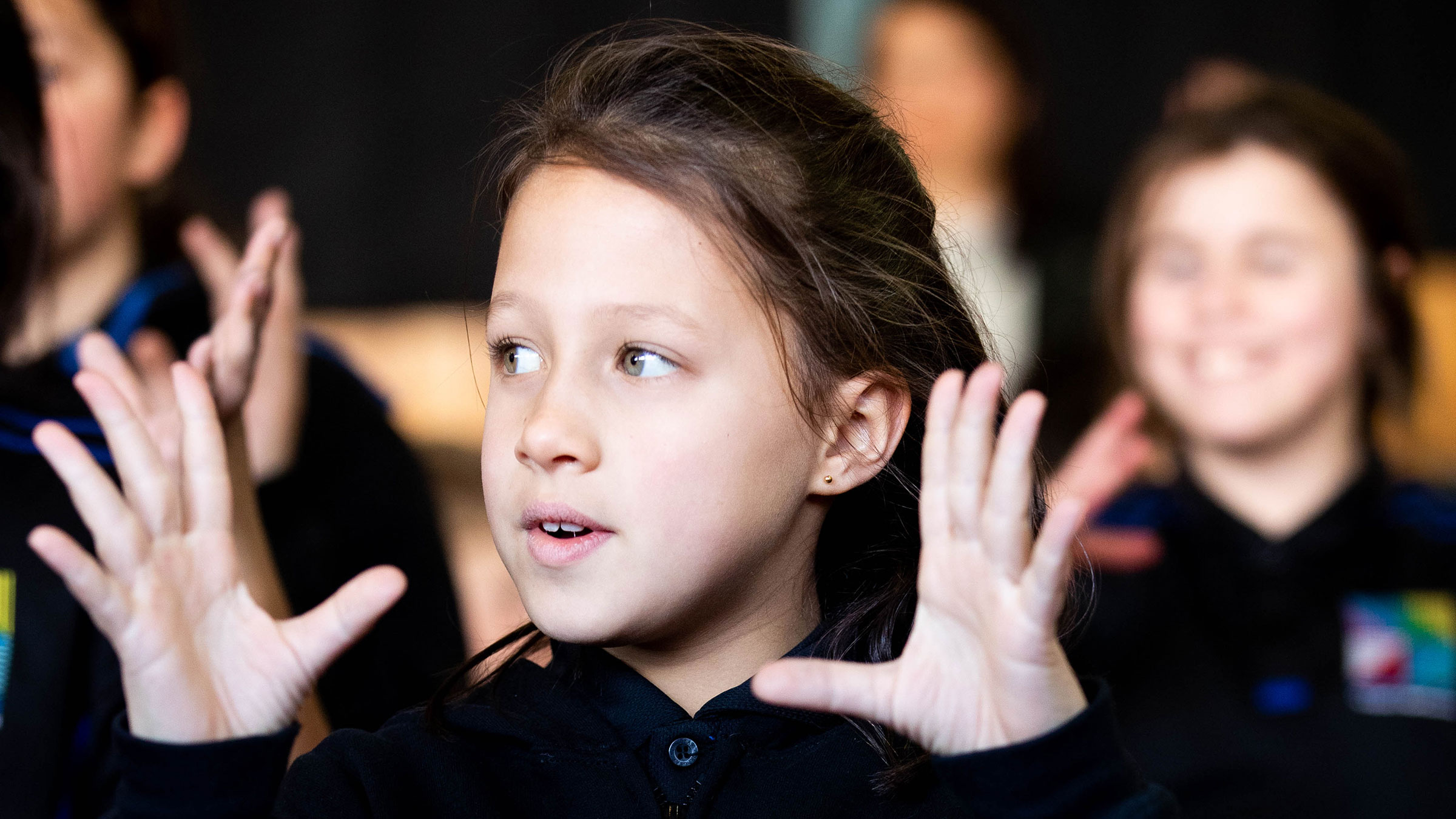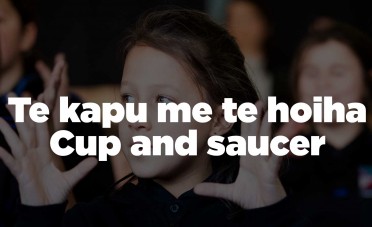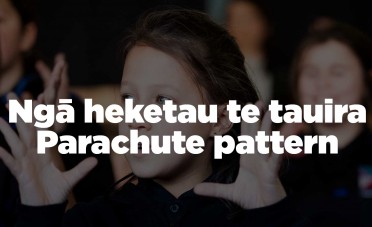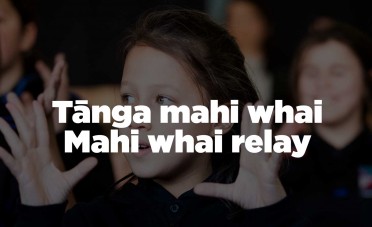Play whai, and learn about their whakapapa and tikanga.
Exploring te ao kori
Exploring te ao kori activity collections.

Include hapū, iwi, and mana whenua
Techniques, tikanga, and popular whai (string games) vary between hapū and iwi. Acknowledging mana whenua and popular whai in your area can begin with conversations and partnerships with ākonga and whānau who bring expertise to the classroom. If you have no Māori whānau, or hapū or iwi connections, within your school, seek introductions to Māori communities through Kāhui ako/school networks, or talk to the strategic advisor Māori at your regional Ministry of Education office.
Whakapapa
Whai are games played with a length of string tied to form a circle. The origin of whai is credited to Māui, a hautupua, and they are sometimes called by his name. When put over the hands, hooked over the thumbs and little fingers and pulled taut but not tight, a rectangular loop is formed that is the basis of the pattern called whai. The formation of various designs provided amusement during winter nights and also developed dexterity.
Tikanga
Ākonga work in pairs to support one another in learning each string activity. Encourage ākonga to actively support one another to accomplish each string pattern. Learning can be kaiako led and peer-supported, or ākonga can learn from pictures and through experimentation. Kaiako are encouraged to try all the patterns first.
Te reo Māori vocabulary
- Harakeke – New Zealand flax; phormium tenax
- Mahi whai – string games
- Ngā tauira heketau – Parachute patterns
- Ngā mahi a te rēhia – Games and pastimes
- Ngā taimana e rua – two of diamonds
- Te kapu me te hoeha – cup and saucer
- Whai – string games
Activities
-

Te kapu me te hoiha
Use whai to create te kapu me te hoiha (cup and saucer).
-

Ngā heketau te tauira
Use whai to create ngā heketau te tauira (parachute patterns).
-

Ngā taimana e rua
Use whai to create ngā taimana e rua (the two of diamonds).
-

Tānga mahi whai
Have a tānga mahi whai (relay race), using whai to create ngā heketau te tauira (parachute patterns).